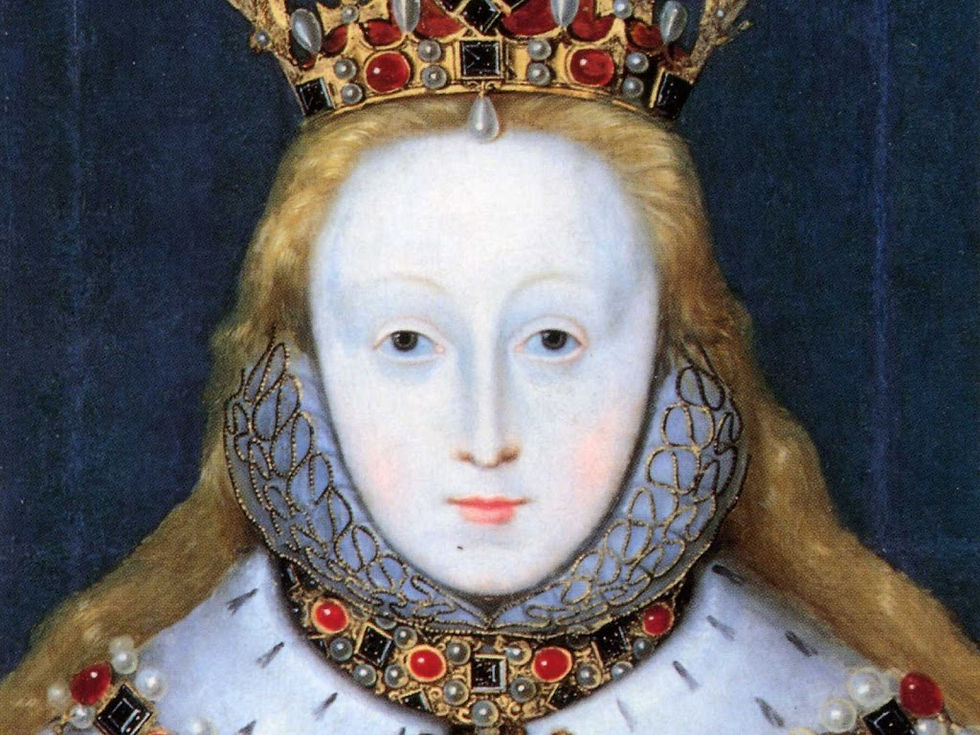5 Activities for Teaching Children Shakespeare
- Sep 10, 2021
- 3 min read
Updated: Aug 14, 2022
This week we celebrate International Literacy Day & National Swap Ideas Day!
A Royal Shakespeare Company (RSC) study discovered that “Shakespeare should be taught early, as children four or five years old are more ‘fearless’ and ‘they are used to trying out new language.’”
As such, we’re sharing five fun & effective activities for teaching young children Shakespeare. For a case study, a Vancouver classroom utilized the following strategies with children ages six through nine. Impressively, these exercises resulted in enhanced literacy and more profound critical thinking skills. Yay education!
Like the RSC research findings, this case study suggests that young children are not intimidated by Shakespeare...in fact most of them become highly engaged with the rich and playful language, the stories, and the complex characters. Let’s explore some examples:
#1: Word Wall
When reading the play aloud, pause to explain words or phrases students might find difficult to comprehend. Afterward, write the troublesome word/phrase on an index card along with a brief definition or synonym. Then it’s time to place it on the “Word Wall”!
Bonus: Simultaneously practice foundational grammar skills by dividing the wall based on parts of speech. Feel free to color-code it! (Ex.: yellow for nouns, purple for adverbs)
Bonus: Consider integrating these words into the spelling curriculum!

#2: Journal
Journaling incorporates written reflections & drawings. Prompts include summarizing a scene, predicting what will happen next, reflecting on a character’s feelings toward their current situation, imagining how two characters interacted before the scene began, etc.
Case Study: During the study, “one child wrote in a journal entry about how Beatrice and Benedict reminded her of Luke Skywalker and Princess Leia’s verbal battling relationship. Another example was a child’s suggestion in their journal to use Miley Cyrus’ ‘Hoedown Throwdown’ song for the wedding scene ‘because its about a BIG celebration.’ In the end, the children and teacher collectively decided to incorporate Los del Rio’s “Macarena” song for the wedding, as the dance and actions were more readily accessible for the children. The children in these examples were bridging references from their cultural world to Shakespeare’s stories.”

#3: Character Masks
When you encounter a new character, write their name & a short description (e.g. father of Hero) on a large piece of paper. After finishing the play, have each student draw their assigned character’s face on pre-cut construction paper.
Case Study: The children drew certain facial features based on character traits. “For instance, the child who chose Conrad gave his character-mask a sly smile, mischievous eyes and a wounded cheek to elicit the character’s ill repute within the play. The mask creations allowed the children to bring their understanding of the characters and... the hung masks became a visual reminder of the Much Ado About Nothing characters.”
Valuable Life Lesson: This exercise also leads to important conversations about “prejudice and how looks may not always speak to the truth of a character or person.”
#4: Reflection Leaves, Flowers, & Letters
Have students write brief reflections on leaves & flowers made from construction paper. These can include everything from “I really liked the wedding scene” to “I’m nervous for tomorrow’s performance.”
Tip: If students perform the play, decorate the room with reflection leaves & flowers for a fun & personalized setting that friends & families are sure to love!
Regarding letters, ask students to write to someone who did not see the performance or who has never read or seen the play. In their notes, they’ll articulate their journey of reading/rehearsing the play.

#5: Newspaper
For articles, pair students to report on an important event in the play-- Don’t forget a catchy title!
As for the rest, get creative!
Imagine a character started their own business. What do you think they’d sell? Do you think they’d even partner with another character? Design an ad for their product!
Create a weather forecast for the play.
Draw some play-themed cartoons.
Case Study: Students created a front-page weather forecast tracing the “topsy-turvy” plot of Much Ado. Furthermore, they included biographies at the end of the newspaper-- turning the whole thing into their performance’s program!
Conclusion / Discussion
Engagement with Shakespeare at an early age exposes students to a worldliness, a cultural literacy to be built upon throughout their education and lives. Shakespeare’s plays offer a bridge to discover and discuss some of the great questions in life... ” Considering this, do you wish you had been taught Shakespeare earlier in school? Why or why not?
What do you think about the activities above? Have you tried any of them before with material other than Shakespeare? Have another fun strategy your students enjoy?
Let us know in the comments!
Written by Mariela Rivero
Edited by Laura Yumi Snell
Quoted Reference:
All pictures & quotes taken from Shakespeare and Literacy: A Case Study in a Primary Classroom by George Belliveau
#education #children #classroom #learning #literacy #casestudy #teaching #mask #vocabulary #journal #newspaper #activities






Comments